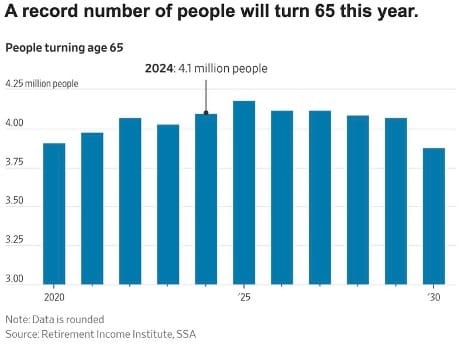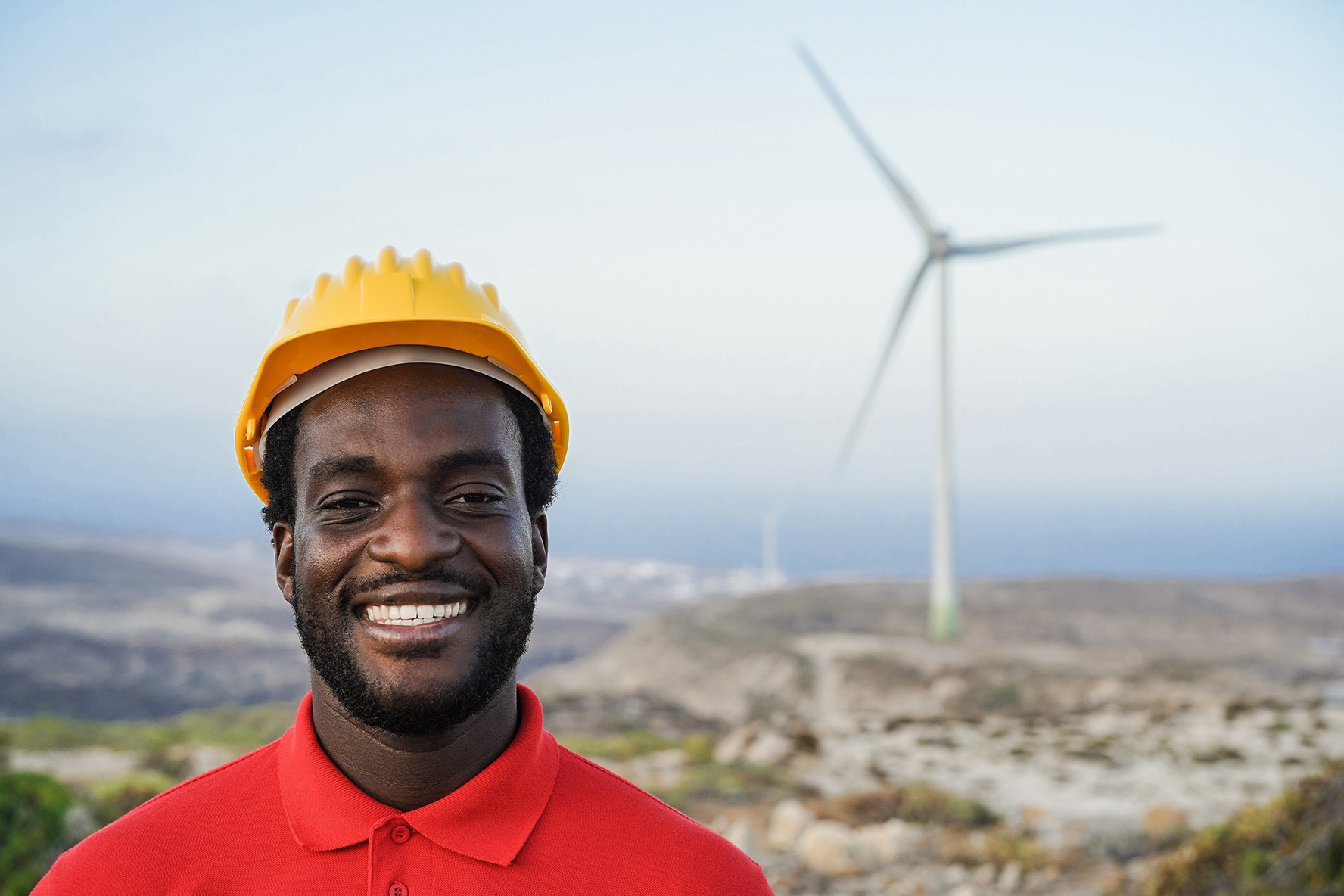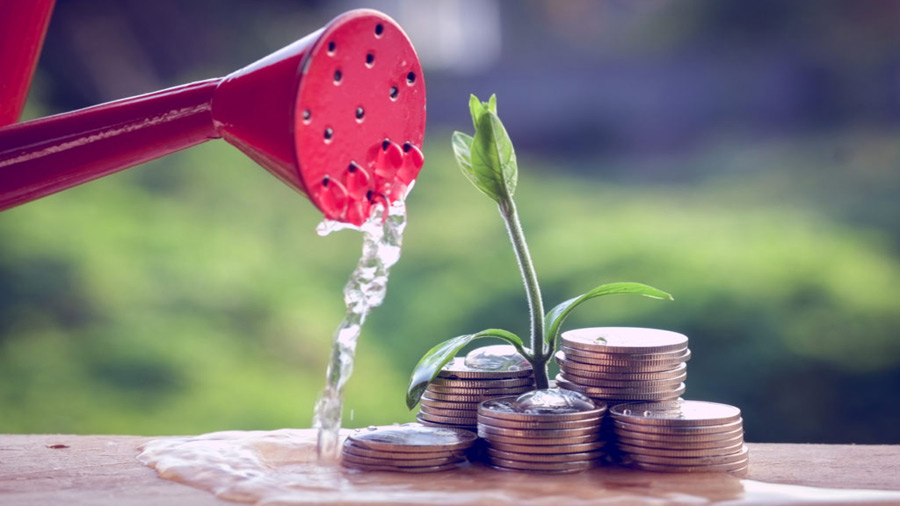- Infrasync Technology Services
- Posts
- Infrasync Newsletter #4 - Is your institutional water knowledge walking out the door?
Infrasync Newsletter #4 - Is your institutional water knowledge walking out the door?
Every year the water industry is losing critical knowledge.
The grey wave has already arrived in the water space and its impact is already up close in the water space. Once these people leave the industry and retire, they typically take decades of institutional knowledge with them. Something as simple as knowing exactly where that hidden water valve is under the pavement can make a big difference during a pipeline break.

Once you add in the complexities of large urban networks that personal experience is harder and harder to replace each year. To make the best informed decisions there is both real time data plus experienced learned data from operations. Historically the only way to achieve this was by real world training and experience over years of decades. After all, for something that only happens a few times a year who is the local expert? The person who has seen it more times than the newer hires. It's a tough process to know exactly what the treatment plant should do with chemicals and dosing when the river is muddy from rain and the variations by season. It's even tougher to make those decisions in less than 15 minutes when the whole city is counting on the water supply.
Your team will use in an emergency what they have trained with everyday!
One of the major issues is that AI can only use the data it has access to. In most water systems that data is very limited. There is typically SCADA for on-site and treatment data to capture sensors and equipment performance. But how do you capture manual adjustments? Like opening a gate another 12% in advance of a rainstorm? Or manually dumping in extra chemicals to deal with a pollution event? Those manual adjustments but be documented and captured. It’s important to keep the same data stream and sets of tools to use consistent from the everyday to the extreme. There is a progression from isolated components, to connected components, to connected systems.

Then the question is how to best capture these manual adjustments and notes? The simplest approach is often the best. Provide your team with technology with a low barrier to entry. This can be an app for their existing phone or tablet to take pictures, make quick notes, and communicate changes to the team. If you can show this is parallel to existing SCADA data and analysis software then you have unlocked the stage 2 of connected components.
Now when the data is trending towards a crisis and then mysteriously is resolved. Someone may have manually pulled that debris blockage out just in the nick of time but the rest of the team didn’t realize. You now have the ability for someone to make a manual note to overlay with SCADA and realize that was because of a direct manual intervention.
Once you have enough of those you can start to run simulations and scenarios. Your team and drill and practice for the more advanced events in advance. This helps streamline the communication and issues during the actual event. Then you have a connected data stream and then you and really unlock the power of AI and automation for your utility.
Water Technology Media Links
Other Industry News
Make sense to connect?
Are you working to help your utility or technology company take the next step forward? I really enjoy connecting with others who share the same goals and passion of using technology to solve water utility challenges. If you want to talk through a challenge or share something interesting your team did please shoot me a note at [email protected] or schedule a 15 minute call here.



